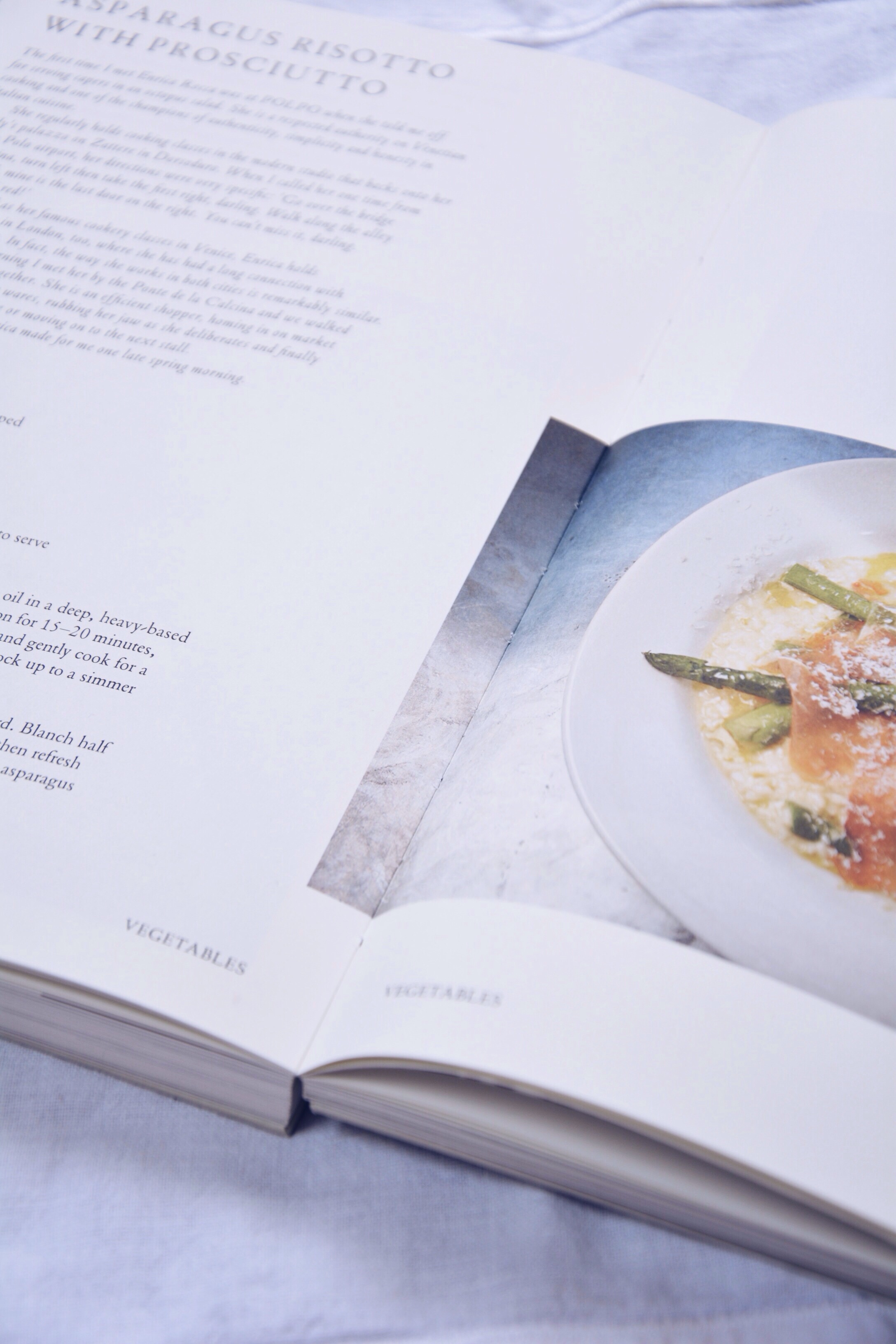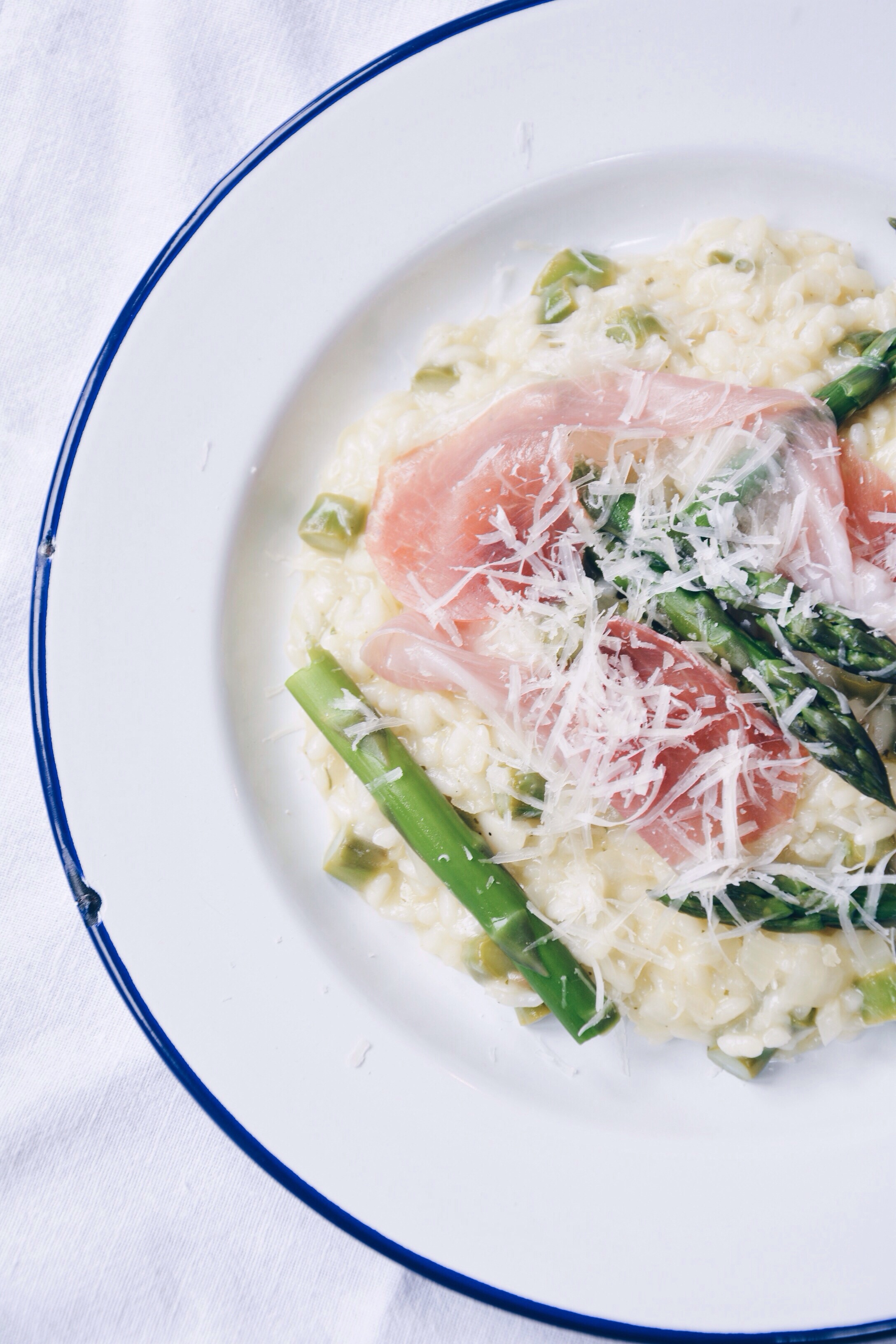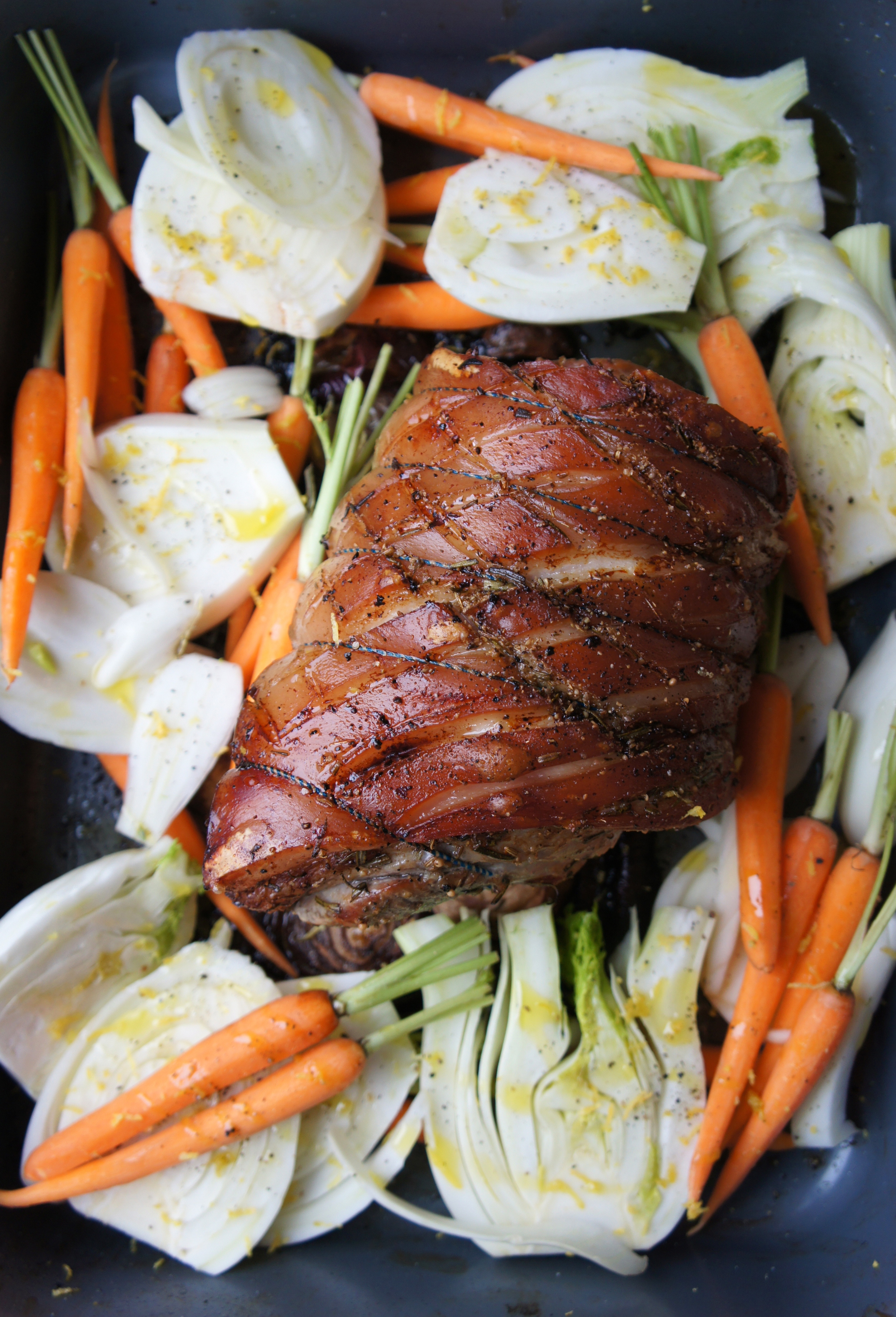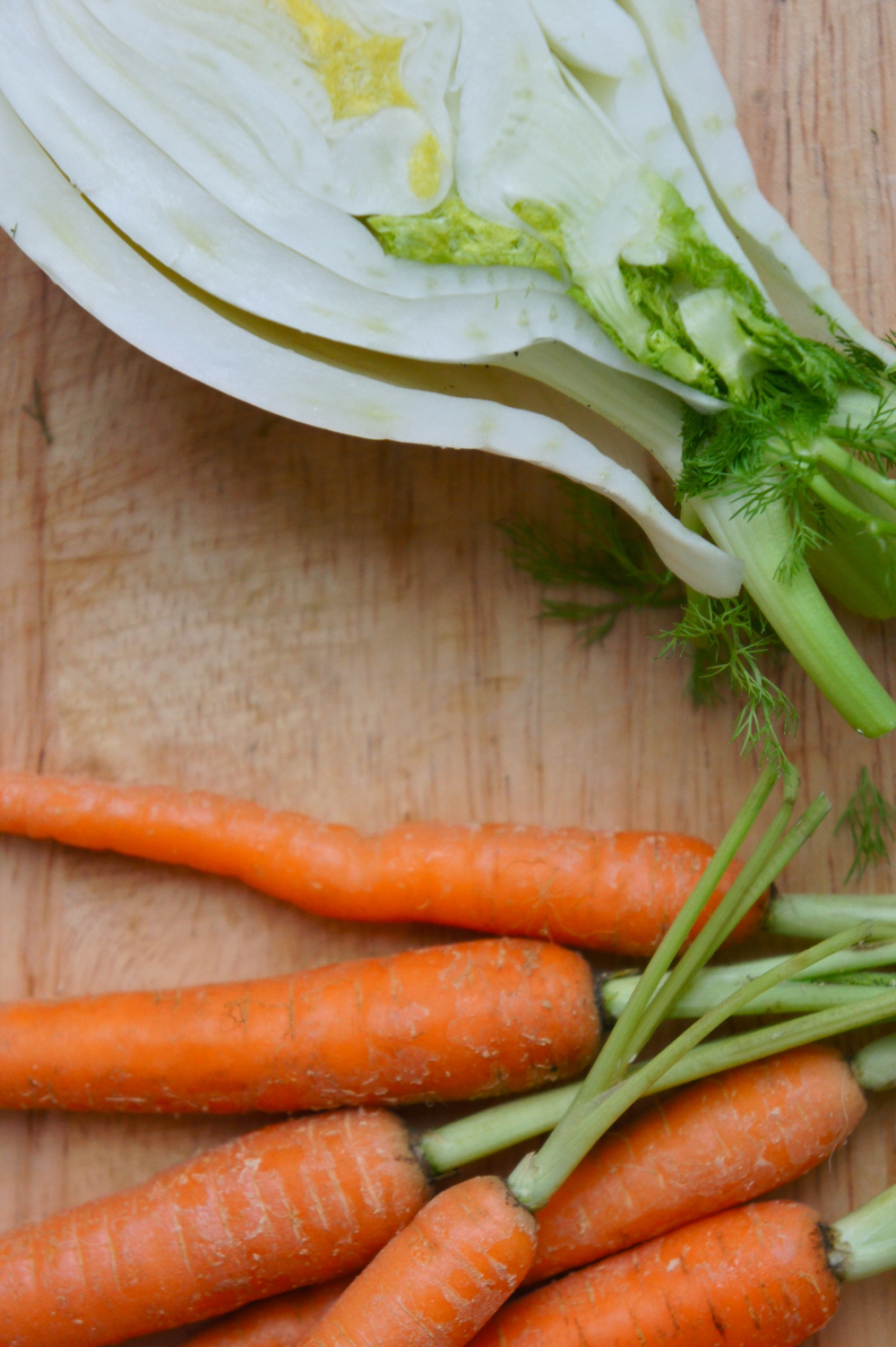Episodic memories are those that form feeling toward a particular time or place. Personally I find these memories awaken when the seasons begin to shift from spring to summer, and a plethora of imagery comes bounding into view, leading to a babble of memories of idyllic nostalgia; the smell of Nivea suncream, the sound of the sea lapping methodically on the shore, slithers of blinding sunlight creeping through thick pine in the Troodos mountains - you get the picture. Ultimately these lucid dreams of summer result in me spending hours Google searching 'best beach holidays in Europe 20-whatever it is' and vowing to steer clear of ice cream in preparation for the big reveal come beach day.
And so is life, 6 weeks prior to my departure for 10 days of unadulterated bliss, sea, sun, mountains, food and family I begin this torturous countdown that involves many a salad, and not so many an ice cream. My better self tells me it will be worth it, my lazy, sugar-loving self hisses at the former with pure hatred.
I proceed with varying levels of sadness, denial and hesitation, but occasionally I find moments of victory is salads like this. Largely raw, eye pleasingly colourful and packed with protein, fiber, zinc, vitamins A & C, antioxidants and more wonderfully restorative and essential nutrients, this was quickly added to my arsenal of 'eat clean' recipes.
Using Madras curry powder in the dressing adds a unique smoky undertone, while the lemon juice keeps it fresh and zingy. If I wasn't avoiding dairy I'd have added a dollop of plain Greek-style yoghurt, or a few crumbly bites of feta. Oh, to dream (about everything I will inhale once I'm actually on holiday).
Curried Carrot + Chickpea Salad
Serves 4, or 2 as a main
Ingredients
1 large carrot
240g cooked chickpeas
10 small asparagus spears
Handful of radishes, around 5 or 6, thinly sliced
2 tablespoons capers
30ml olive oil
1 teaspoon Madras curry powder
1/4 teaspoon ground cinnamon
Juice of half a lemon
Mixed salad greens - I used a mix of fennel tops and sweet leaves
Method
- Using a julienne peeler, slice the carrot into thin strips. If you don't have one of those peelers you can use a mandoline to slice the carrot into ribbons, and then cut the strips by hand. You can also use the mandoline to slice the radishes.
- Remove the spears from the asparagus stalks and set aside. Use a vegetable peeler to create shavings from the stalks.
- Place the chickpeas, carrots, asparagus shavings and radishes in a bowl and set aside whilst you make the dressing.
- Combine the olive oil, curry powder, cinnamon, lemon juice and a good amount of seasoning, whisking well to combine. Pour the dressing over the vegetables and toss well until evenly distributed.
- Blanche the asparagus tips in boiling water - submerge them for a couple of minutes before rinsing under cold water.
- Serve the dressed salad on a bed of leafy greens and scatter over the capers and asparagus tips before adding a final drizzle of olive oil.


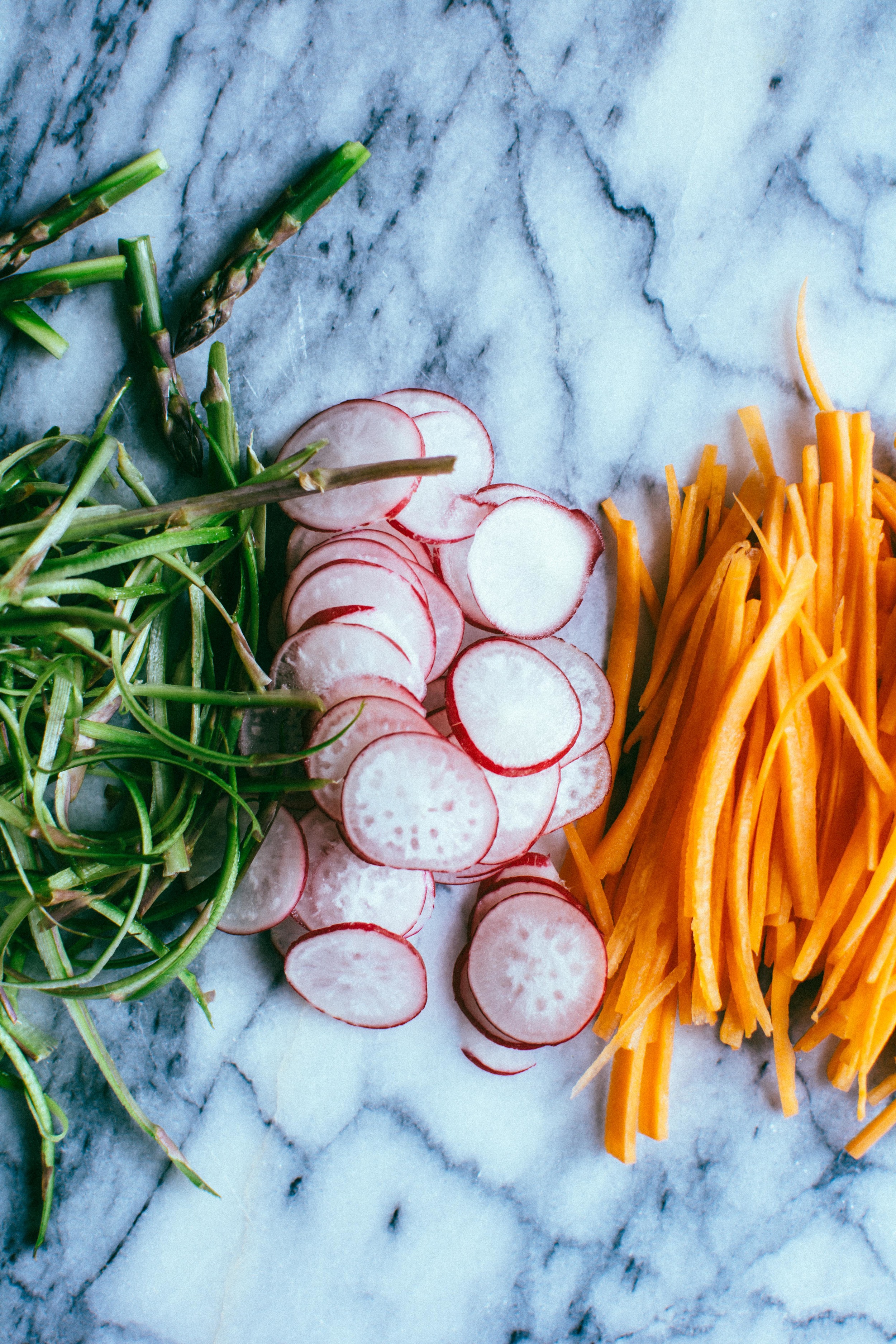
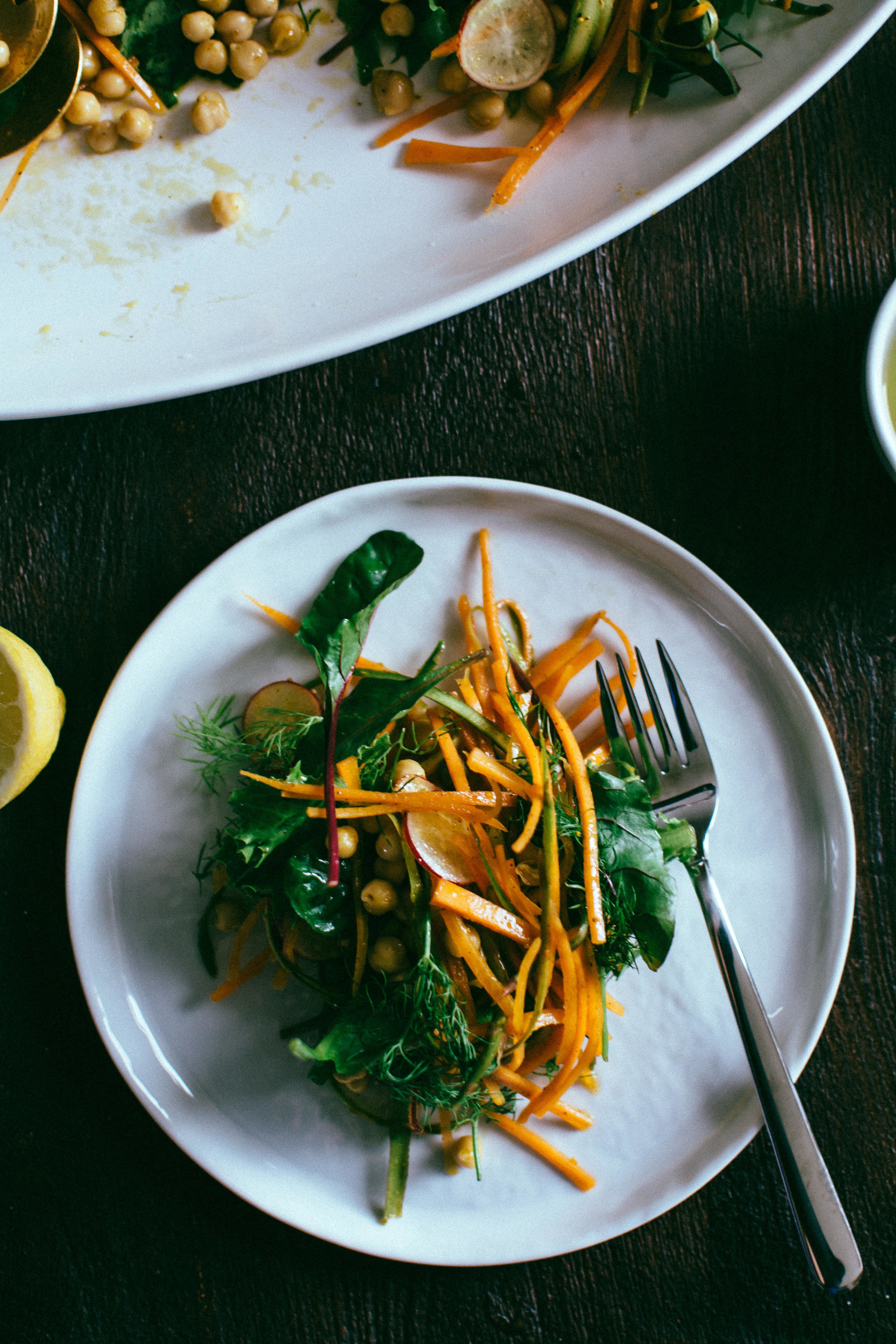


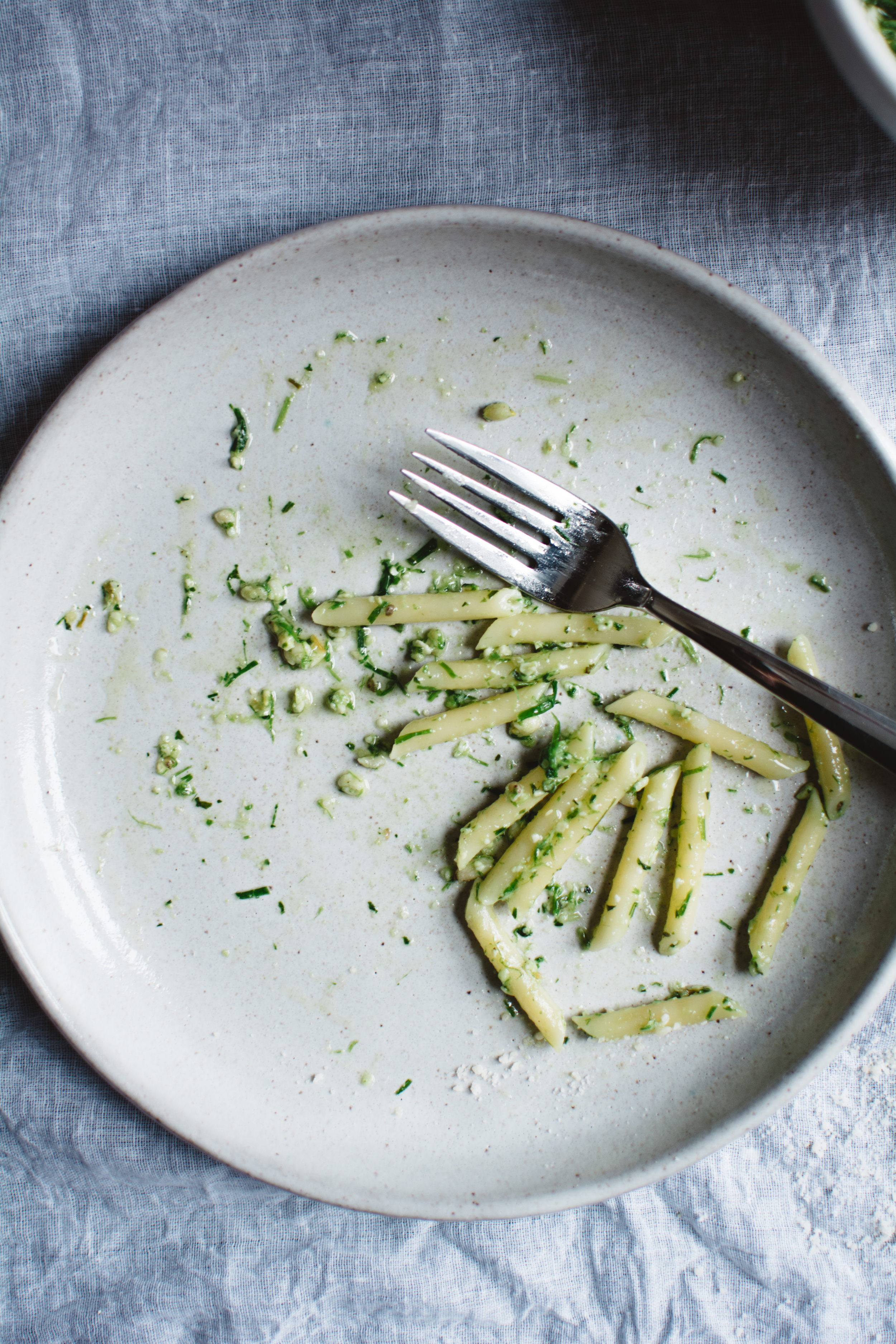

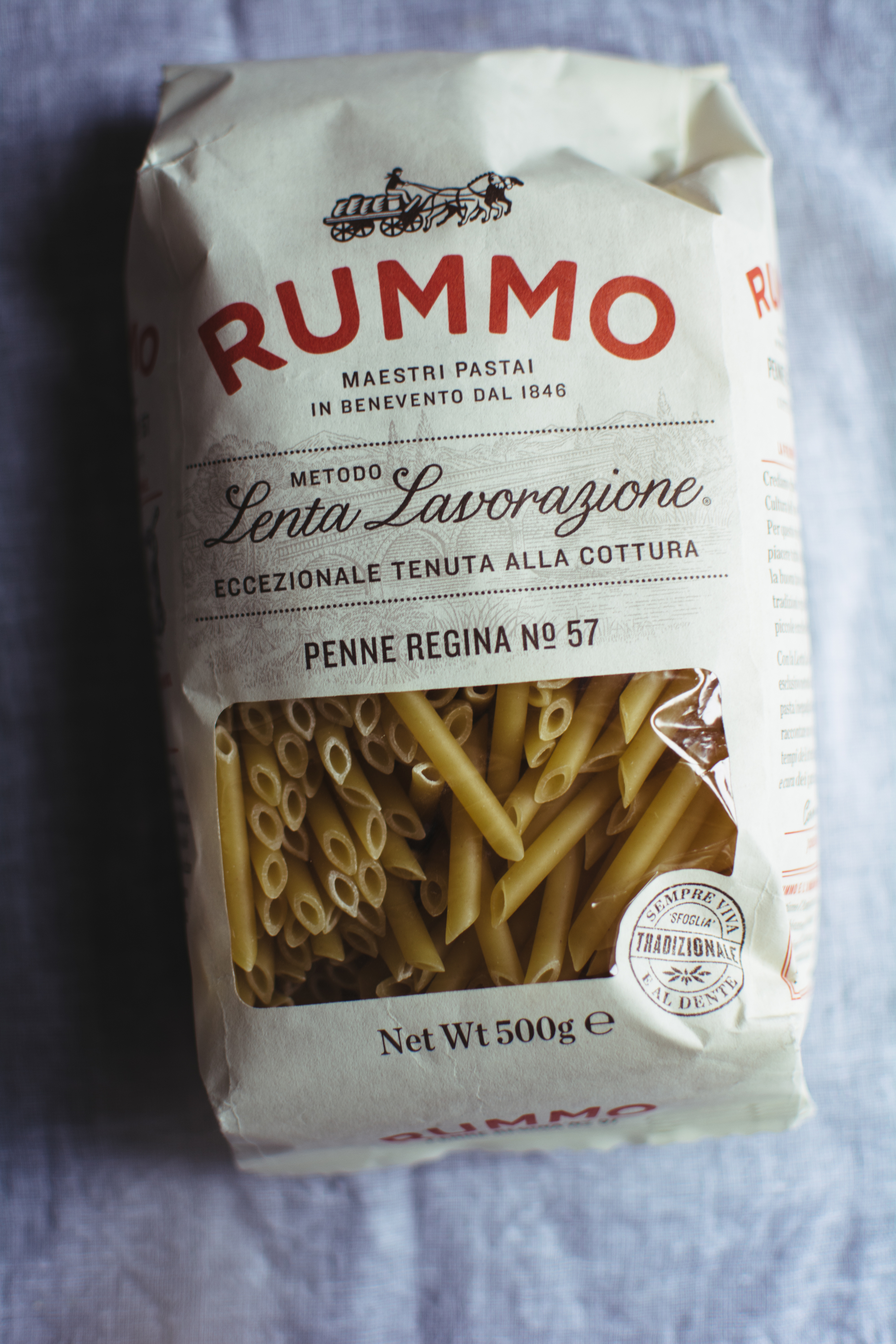
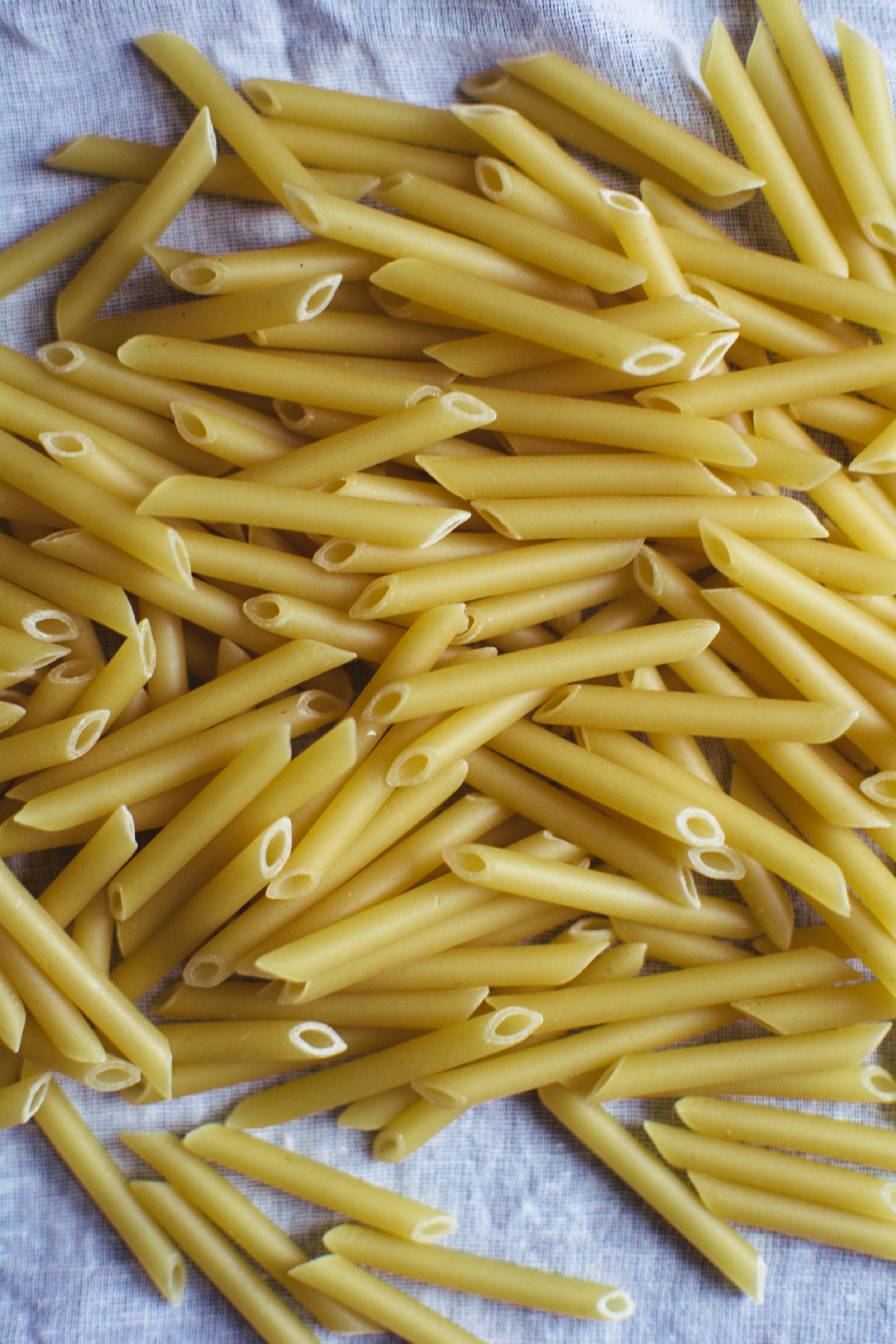

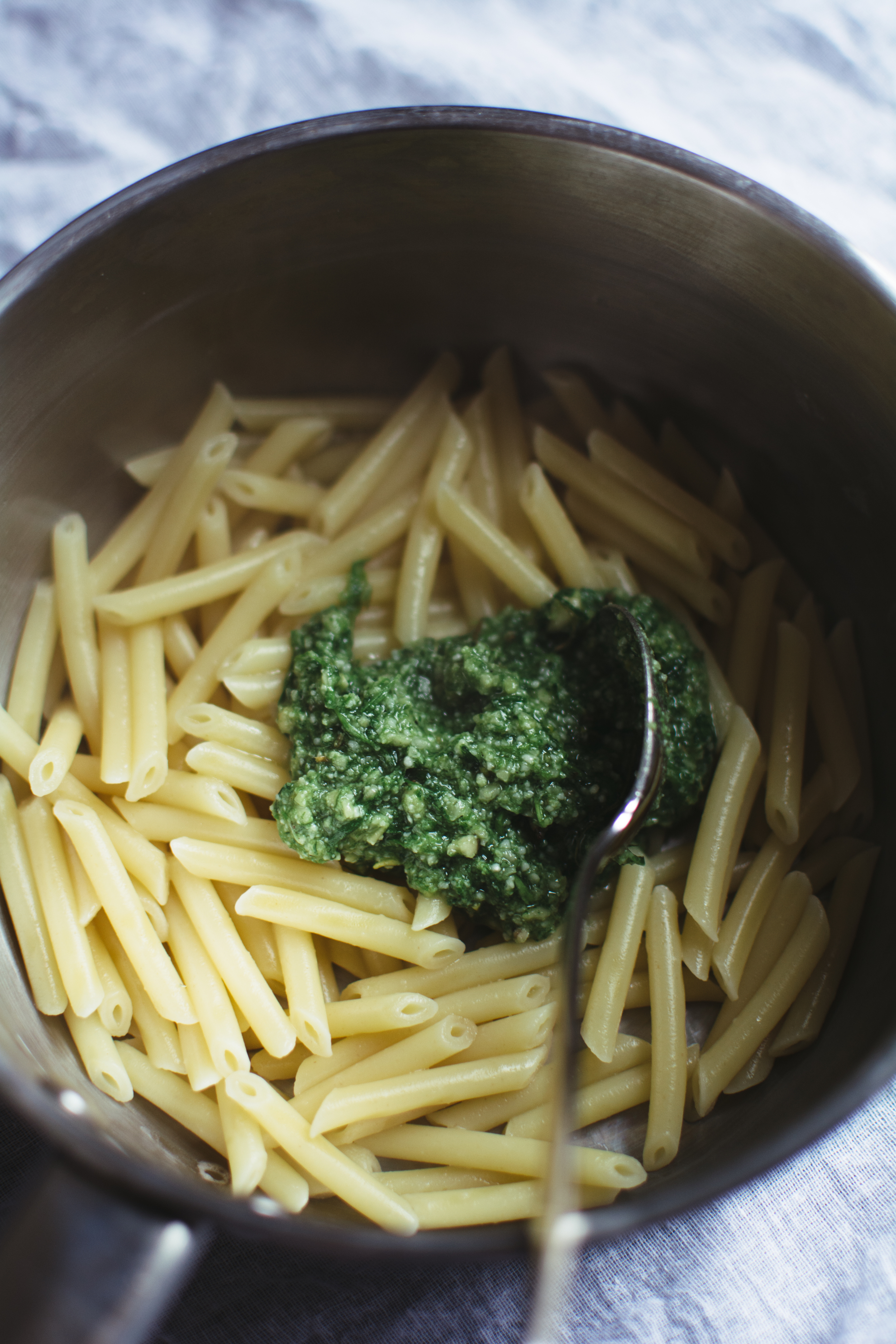



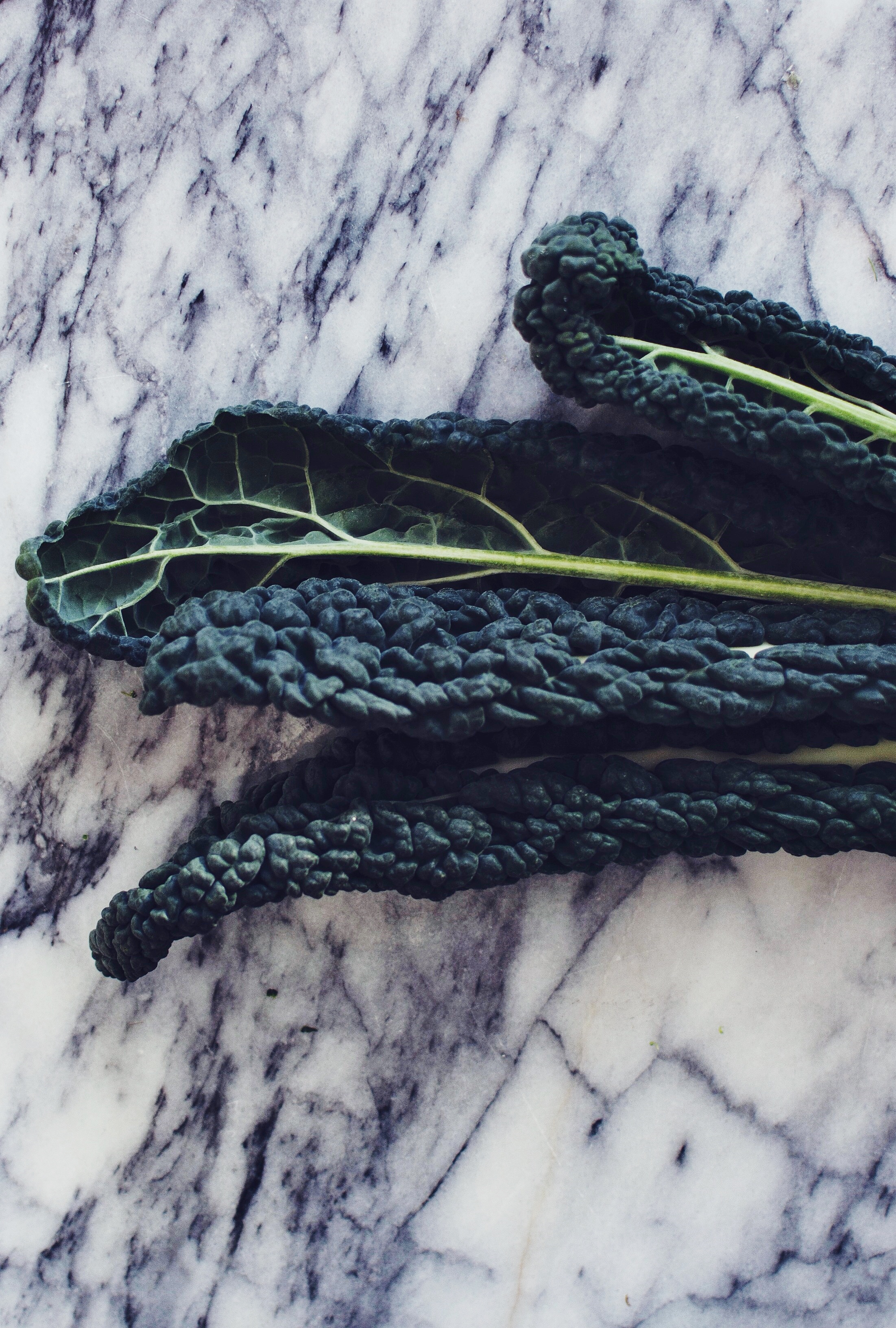
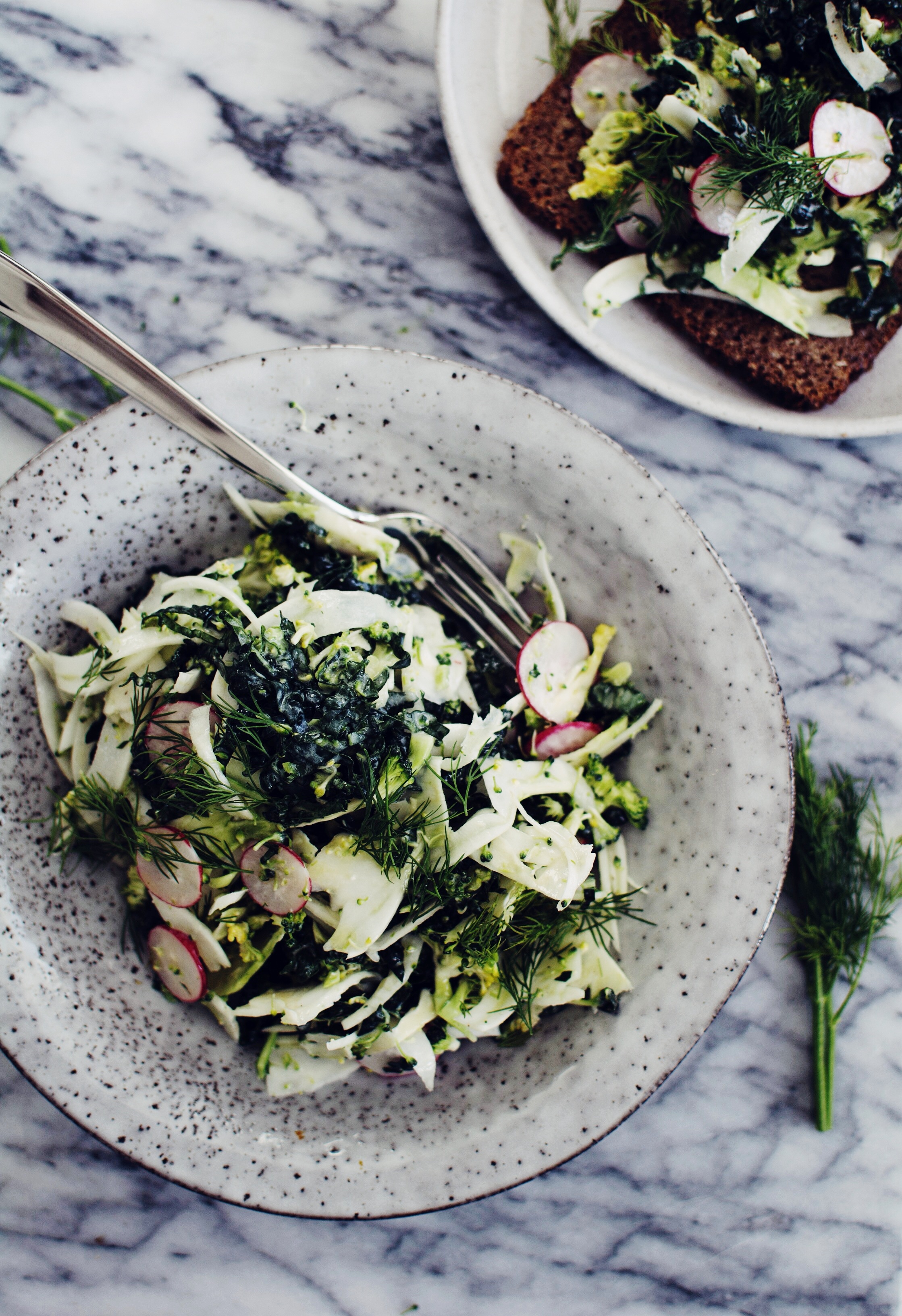

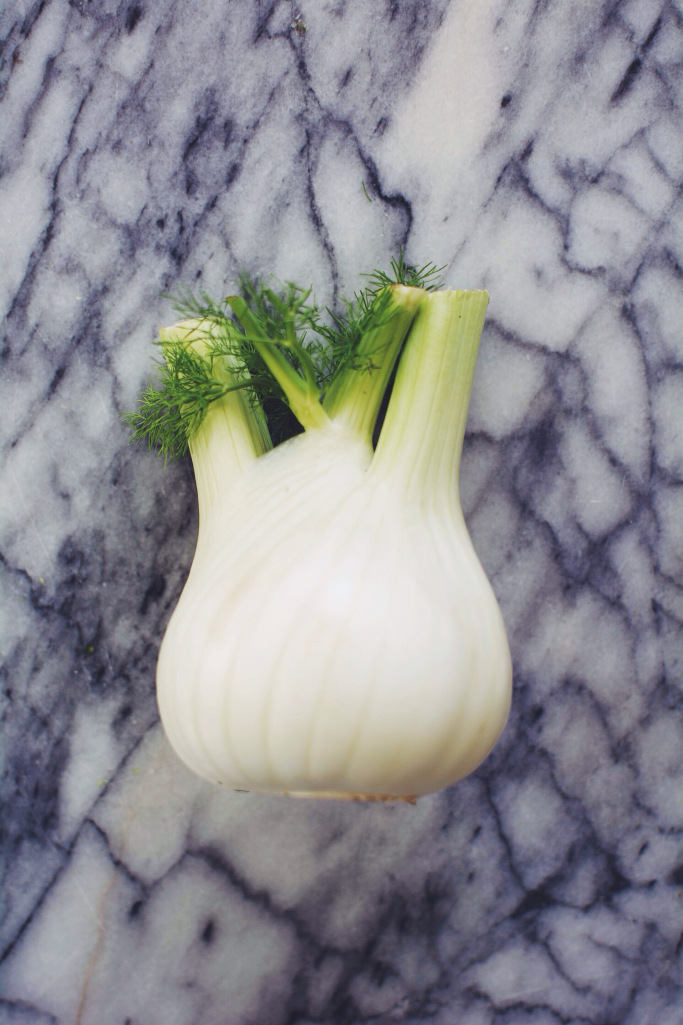
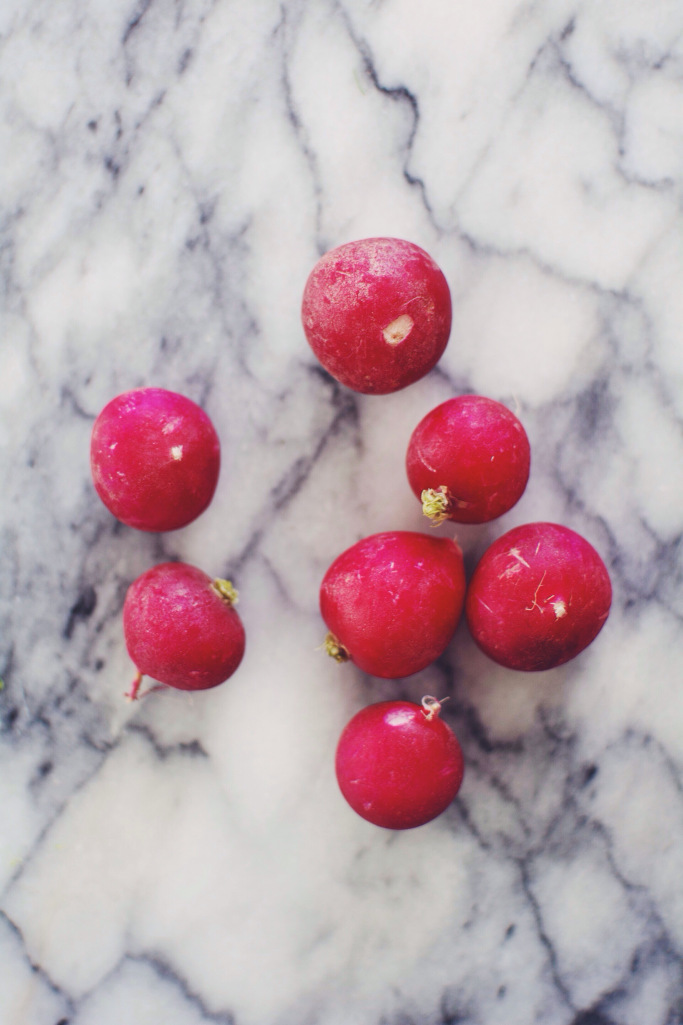




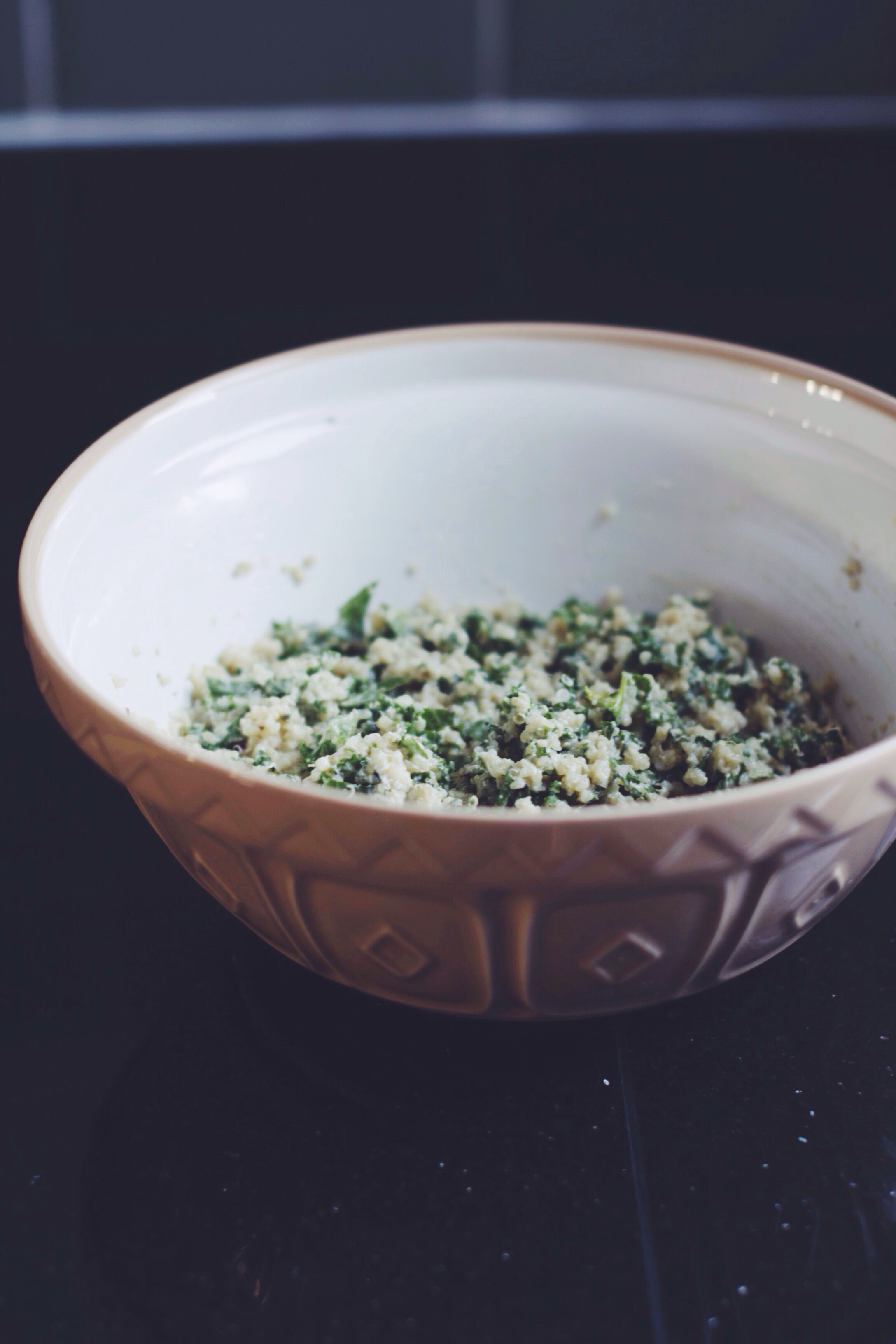




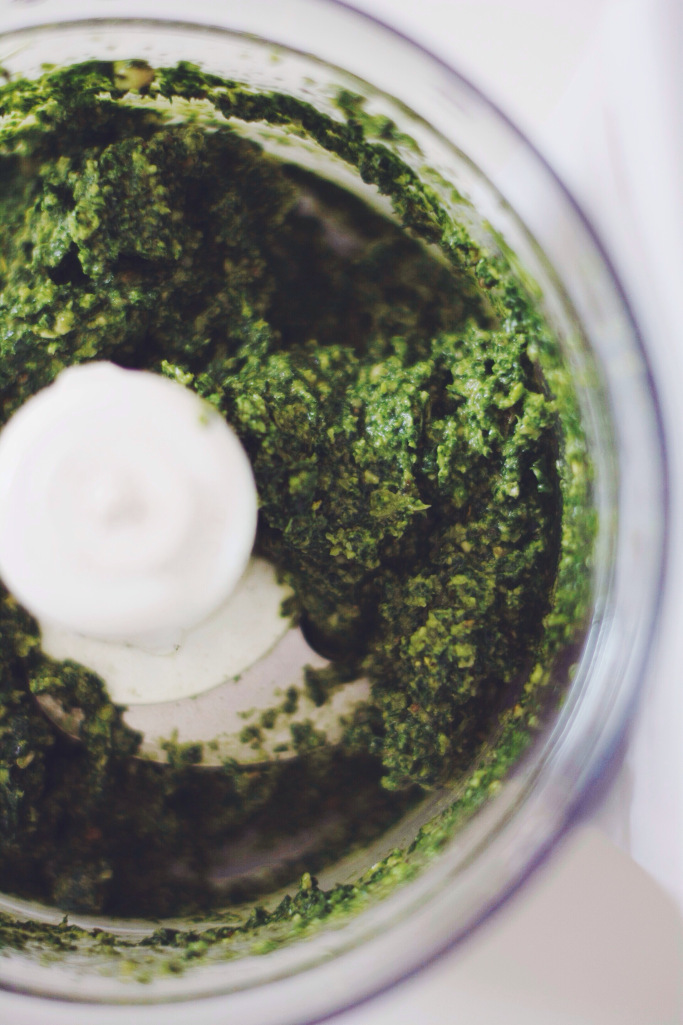
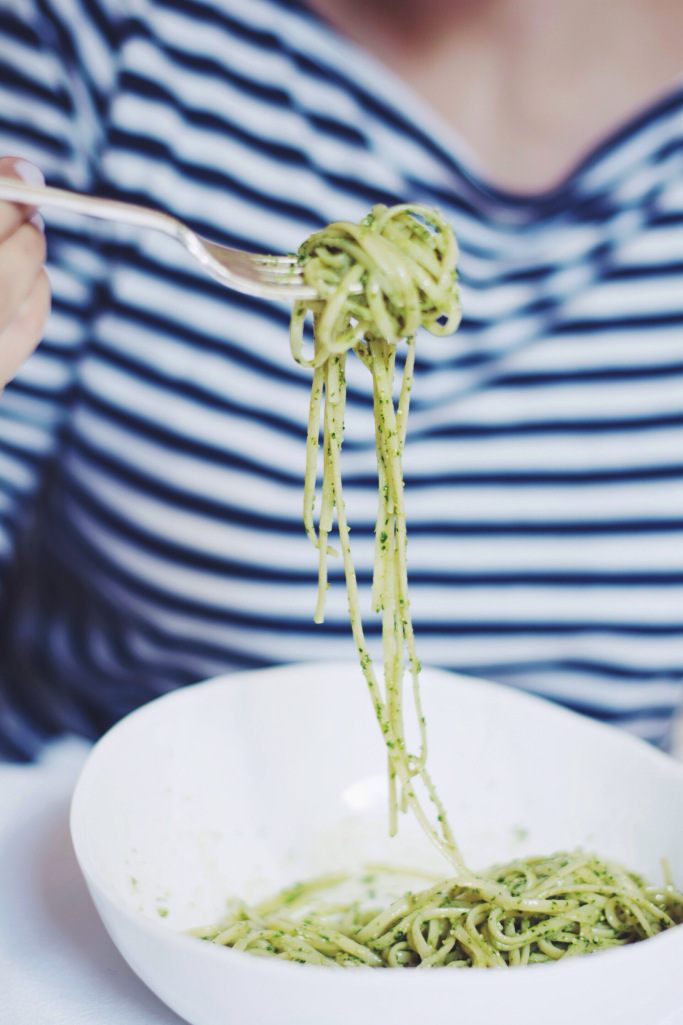

![Turkish Eggs [Çilbir] | Thyme & Honey](https://images.squarespace-cdn.com/content/v1/551151a5e4b0e379eb830046/1428400912955-WG1GKJFM7MMBQ83WCQMT/teggs1.jpg)
![Turkish Eggs [Çilbir] | Thyme & Honey](https://images.squarespace-cdn.com/content/v1/551151a5e4b0e379eb830046/1428400918378-O9RHCAU5C274FXSTK1P8/teggs2.jpg)
![Turkish Eggs [Çilbir] | Thyme & Honey](https://images.squarespace-cdn.com/content/v1/551151a5e4b0e379eb830046/1428400995740-QW9V6H42MTHU6J3TJKDR/Turkish+Eggs+%5B%C3%87ilbir%5D+%7C+Thyme+%26+Honey)
![Turkish Eggs [Çilbir] | Thyme & Honey](https://images.squarespace-cdn.com/content/v1/551151a5e4b0e379eb830046/1428401038696-T4CZIQLBT7F5Z7H3DW97/teggs4.jpg)
![Turkish Eggs [Çilbir] | Thyme & Honey](https://images.squarespace-cdn.com/content/v1/551151a5e4b0e379eb830046/1428401045746-5JZVNMGBWUAAYIUFD7F5/teggs5.jpg)
![Turkish Eggs [Çilbir] | Thyme & Honey](https://images.squarespace-cdn.com/content/v1/551151a5e4b0e379eb830046/1428401114761-XYPJV29DVU2SQK9KGLNV/Turkish+Eggs+%5B%C3%87ilbir%5D+%7C+Thyme+%26+Honey)



